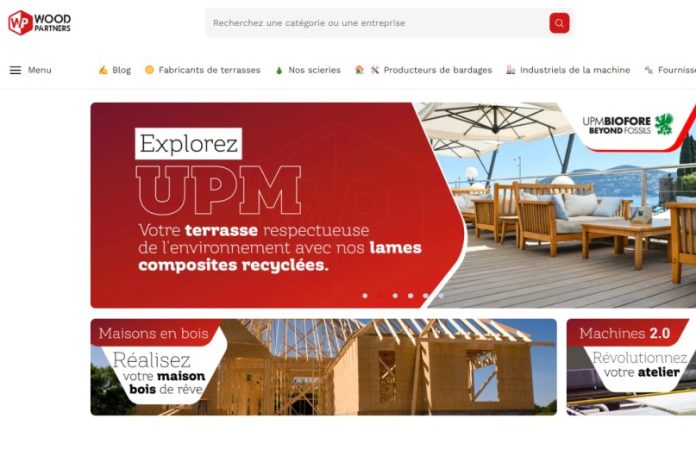What is Cladding?
Cladding, also known as exterior siding, is an external covering that adorns and shields the façades, walls, and retaining walls of homes. It is a contemporary and decorative exterior paneling that adds character, personality, and comfort to your living space.
Sometimes referred to as “Exterior Paneling” informally, cladding comes in various types, materials, shapes, colors, and styles. You can choose from wood, composite, metal, PVC, or fiber-cement cladding, available in different interlocking, open-joint, overlapping, or panel styles.
Why Opt for Exterior Cladding for Your Home’s Façade?
Exterior cladding allows you to renovate your home’s façade, making it aesthetically pleasing and modern while enhancing thermal and acoustic insulation. It protects your home from weather conditions, insects, and fungi.
At WoodPartners, we offer a wide range of modern, decorative cladding products tailored to every budget and taste.
Materials for Modern Exterior Cladding
Several materials suit modern exterior cladding, each with its advantages and disadvantages:
– Wood: A natural, warm, and aesthetic material that fits various styles, offering different wood species. Though it requires regular maintenance with varnish or paint to protect against weather, insects, and fungi.
– Composite: Mimicking the appearance of wood, it comprises wood fibers and plastic resins. It offers better durability than natural wood, requiring less maintenance. It withstands UV rays, insects, and fungi, though not completely impervious.
– PVC: A synthetic, lightweight, and economical material available in a wide range of colors and finishes, ideal for exterior cladding. It’s easy to install and clean, resisting weather, UV rays, and impacts. However, it’s less eco-friendly than wood and composite, being derived from petrochemicals and challenging to recycle.
– Resin: Presenting as panels or veneer pieces, it provides a modern, designer appearance to the façade. Resistant to weather, UV rays, and impacts, it’s easy to install and clean. Yet, it’s a pricier cladding option compared to PVC or composite.
– Metal: Available in steel, aluminum, or zinc panels, metal cladding gives a contemporary, industrial look to your façade. It stands up to weather, UV rays, and impacts and is easy to install and clean. However, it’s costlier than PVC or composite and might be prone to corrosion.
Exterior Cladding vs. Interior Paneling
The terms “Exterior Cladding” and “Exterior Paneling” are often used interchangeably, although “Exterior Cladding” refers specifically to covering an external wall, while “Paneling” is reserved for interior walls and ceilings.
When deciding whether to use exterior cladding, consider your desire for texture, varied colors, and visual effects. It’s primarily used for:
– The façade of your home or building.
– The façade or edge of your terrace.
– Other exterior walls or retaining walls.
Certain interior spaces, however, are typically either painted or paneled:
– Hallways.
– Entryway walls.
– Garage walls.
– Utility room walls.
– Some bedroom walls.
– Kitchen walls.
– Bathrooms.
– A dining room or living room wall.
– The visual crown of a fireplace.
– Main bedroom walls.
– Staircase side walls.
Elevate your space’s aesthetics and durability with WoodPartners’ range of cladding solutions. Discover more at https://woodpartners.fr and explore our wood cladding options at https://woodpartners.fr/bardage
This article is sponsored.

